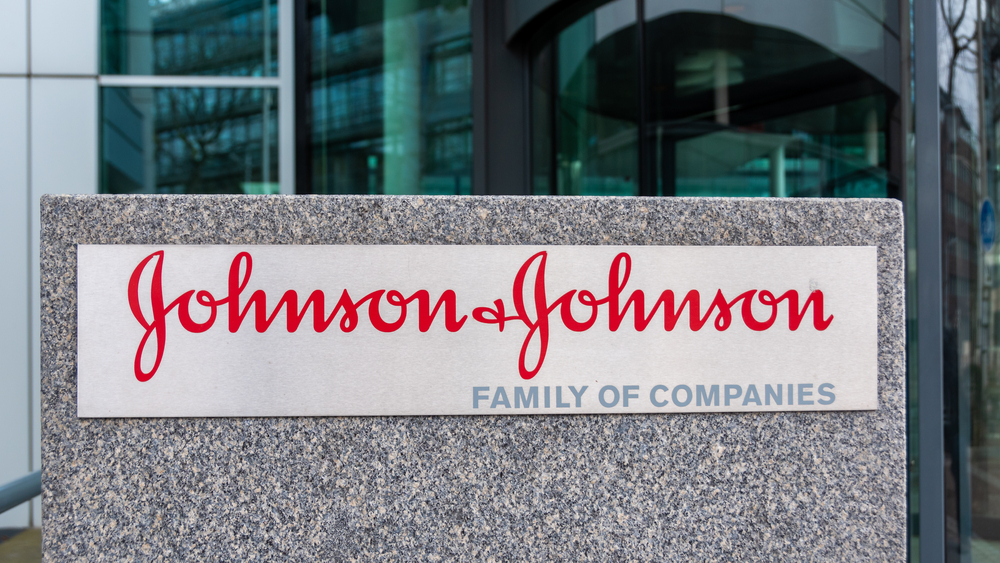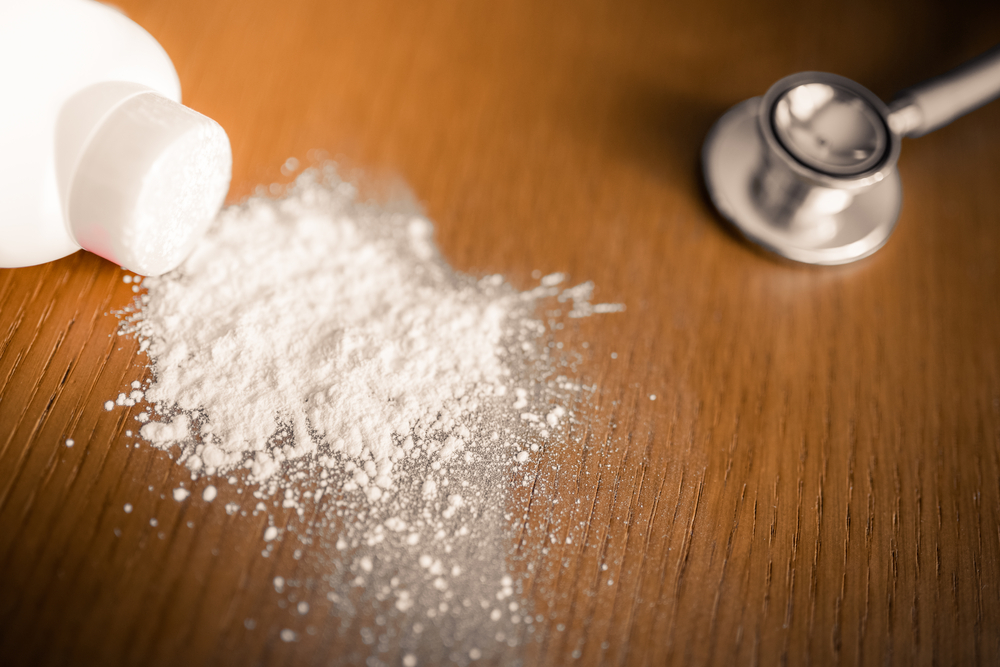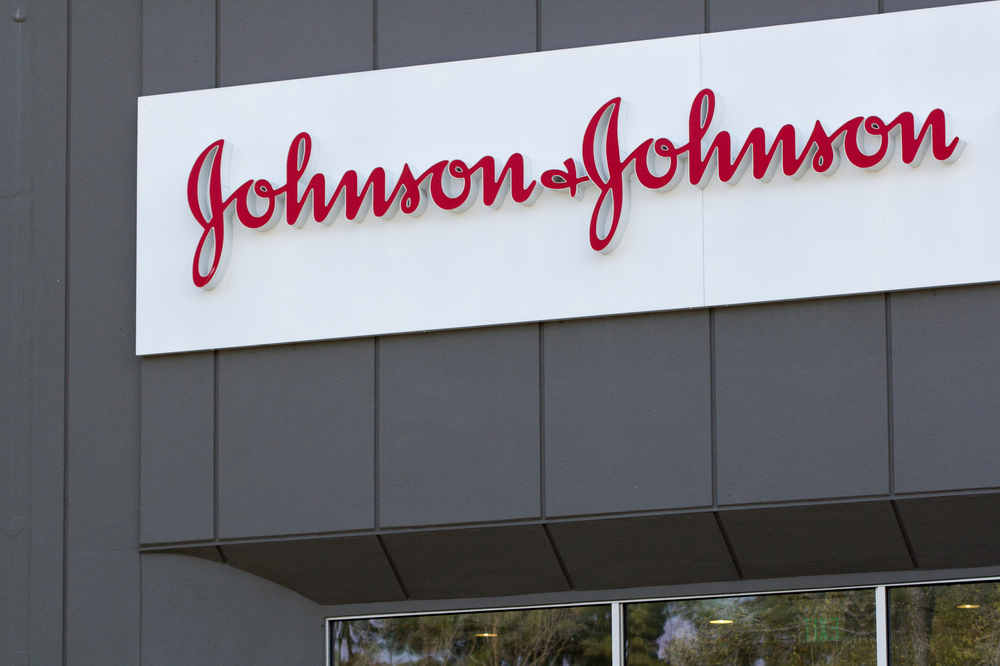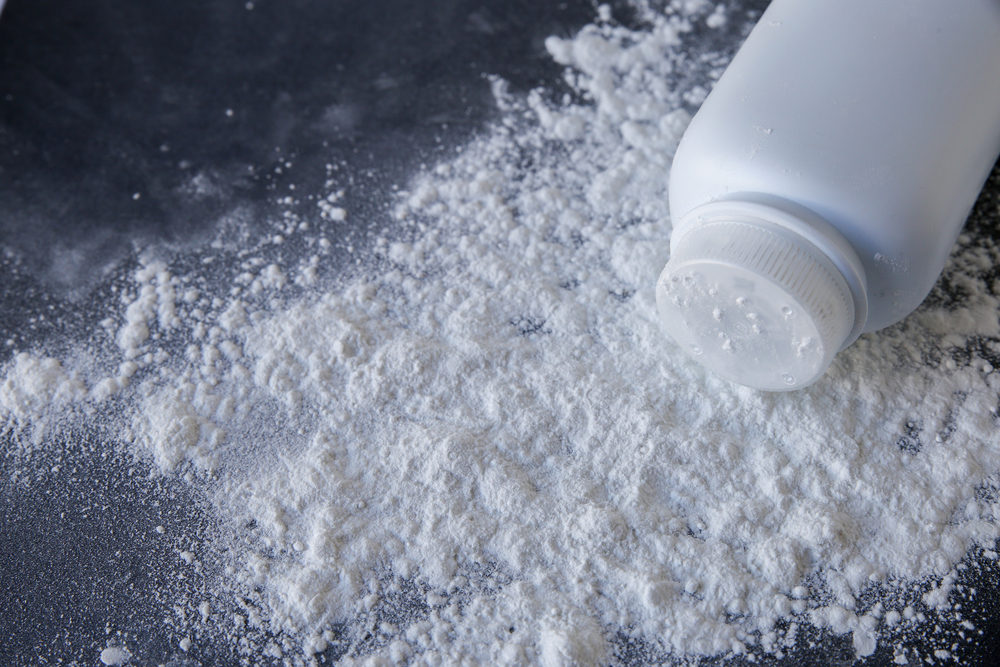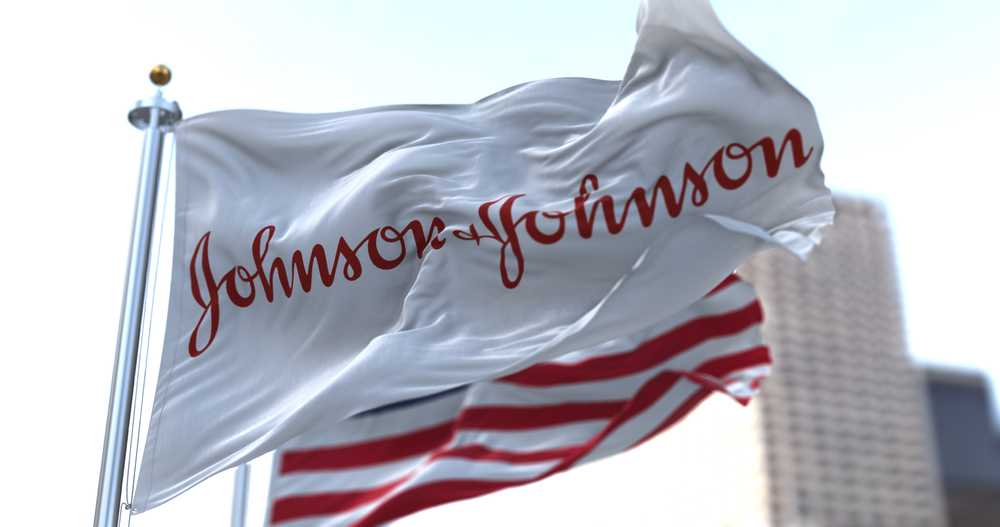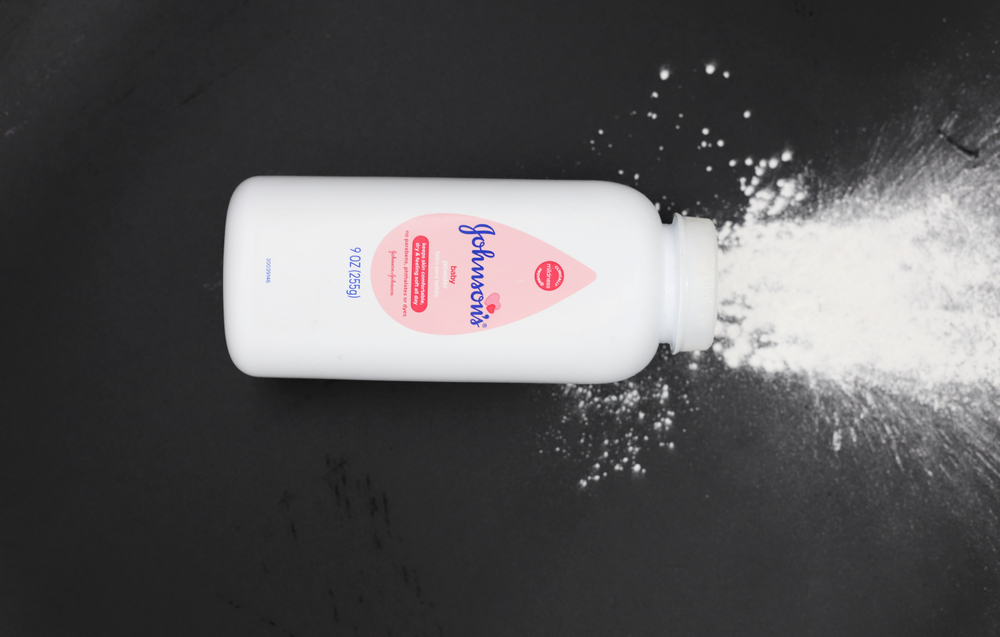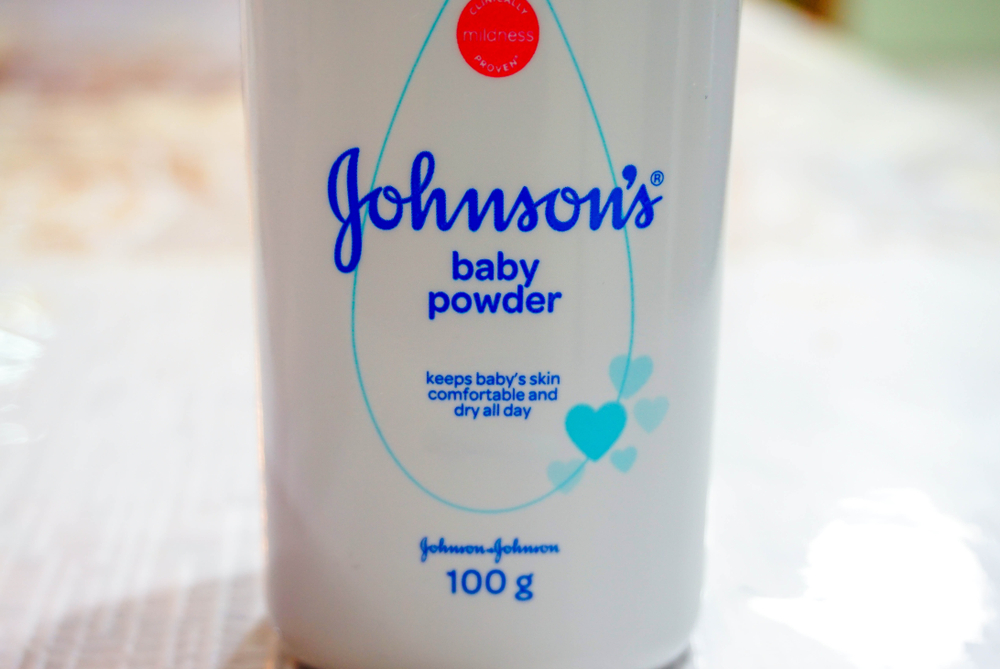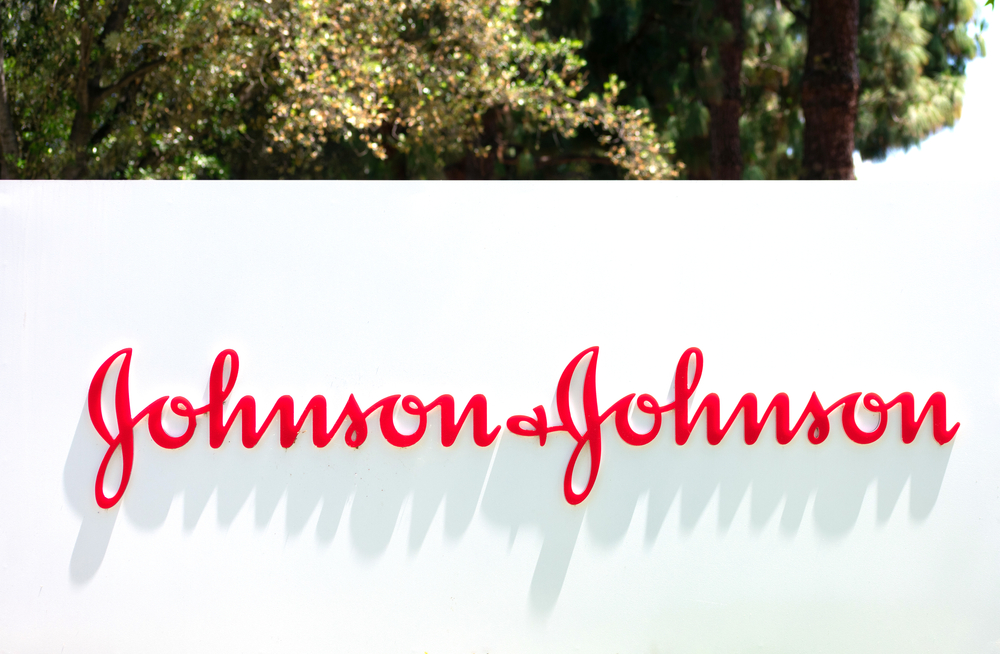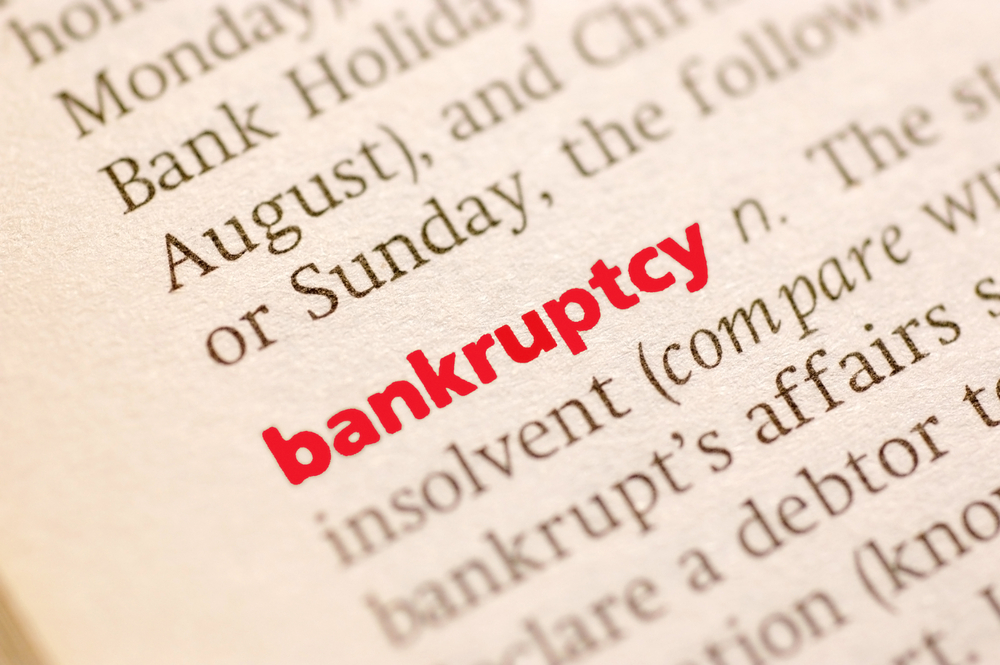How Johnson & Johnson Split Could Affect Lawsuits
Johnson & Johnson, which used to be known primarily for its household staples like Band-Aids and baby powder but has roared to the front of the Big Pharma world with its vaccine and powerful drugs, is separating into two companies: one dealing with consumer health products like its classic shampoos, Listerine and over-the-counter (OTC) drugs like Tylenol, and the other focused on pharmaceuticals and medical devices like surgical tools, cancer drugs and of course, vaccines.
It’s the boldest move ever made by the healthcare giant, which was formed more than a century ago in 1886.
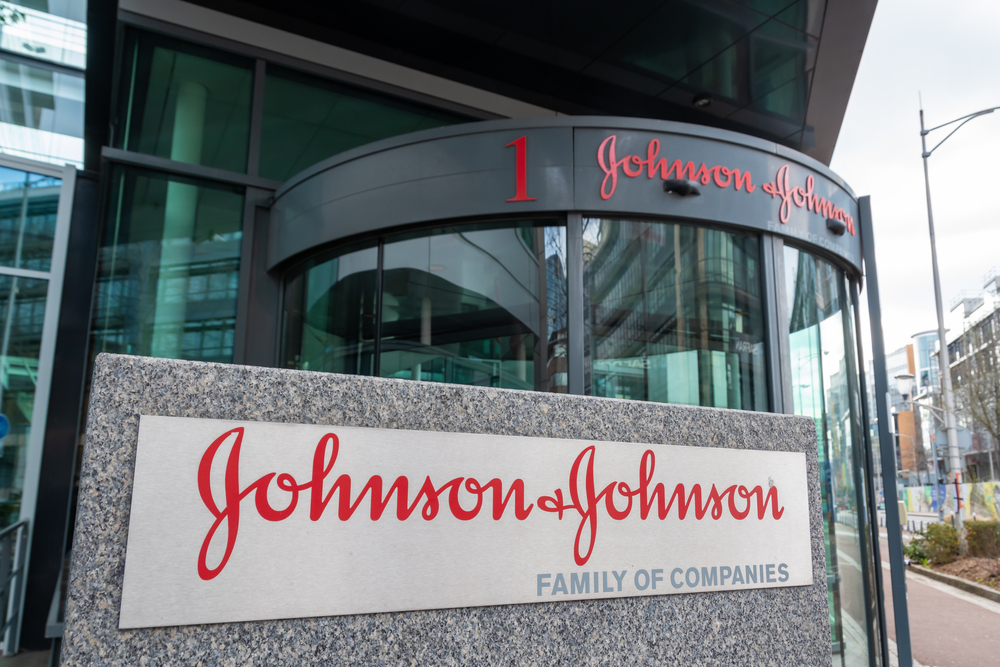
Why Is Johnson & Johnson Splitting Companies?
Despite a few roadblocks with its COVID-19 vaccine, the pharmaceuticals unit will finish the year at $80 billion in sales, leaving health and beauty products in the dust.
That much more lucrative entity will retain the Johnson & Johnson name. If approved by the company’s board of directors, the split will happen within the next 18-24 months, costing between $500 million and one billion dollars. The name for the new company, which will include more than 20 iconic brands with over $150 million in sales every year, has not been announced.
J&J is not the first company to announce a recent split. Some of their biggest healthcare rivals, such as Merck and Pfizer, and other large corporations like General Electric and Toshiba, have made similar announcements aimed at restructuring to increase overall stock market value. The new company will also be publicly traded.
J&J leaders said in a statement that the primary reasoning behind the split was to allow each business to narrow its focus on its own products and, therefore, more easily adapt to the market.
CEO Alex Gorsky said that the two new entities “have evolved as fundamentally different businesses.”
Gorsky will step down next year when CEO Joaquin Duato arrives, a timely transition for the “new” version of the company.
But many suspect that J&J has other motivations behind the decision – namely, a crippling amount of litigation set in motion by very unhappy consumers.
J&J Bombarded By Lawsuits
Johnson & Johnson continues to endure hundreds of thousands of lawsuits against its various products. The company split will allow them to divvy up each major liability, presumably taking some pressure off. Below are just a few currently in active civil litigation.
Sunscreen
Earlier this summer, Johnson & Johnson, in tandem with Costco Wholesale, announced a voluntary recall of five varieties of its popular sunscreen brands, Neutrogena and Aveeno, when they were found to contain benzene, a known human carcinogen. Benzene has been shown to cause leukemia and other types of blood cancer in animal and human trials.
Various lawsuits were filed by consumers who used the affected products. Those cases were put into multidistrict litigation (MDL), consolidating all pretrial proceedings into the Southern District of Florida. On October 29, the parties reached a tentative settlement agreement.
Opioids
Johnson & Johnson is also one of three major U.S. drug distributors to be sued for the nationwide opioid crisis. Half a million people died of fatal overdose in the 20 years before the COVID-19 pandemic hit, but 2020 alone ended with 69,000 overdose deaths, likely exacerbated by shelter-in-place lockdowns.
More than 3,000 lawsuits named J&J in legal action not only against manufacturers but also doctors and pharmacists. The companies agreed to pay a combination of up to $26 billion to resolve the lawsuits; J&J would be responsible for $5 billion.
No final settlement has been reached, but earlier this month, the Oklahoma Supreme Court ruled in favor of J&J by overturning a $465 million verdict in their favor. That suit, filed by the state of Oklahoma, alleged J&J used black hat marketing techniques to downplay the risks of addiction to its drugs. Some other suits have been ruled in the company’s favor; still, others ruled in favor of the plaintiffs. Either way, the opioid cases plaguing J&J are far from over.
Baby Formula
Recently, a wrongful death lawsuit was filed against the Johnson & Johnson baby formula brand Similac. The lawsuit was filed by California parents, whose premature newborn lived for just 16 days before succumbing to necrotizing enterocolitis (NEC). The baby had been given Similac in the NICU, and the lawsuit alleges that J&J did not adequately warn of the risk of NEC or death in infants.
NEC is an often-fatal disorder that inflames the intestines, killing healthy tissue and sometimes perforating the intestine, allowing harmful bacteria into the stomach. It often causes sepsis and primarily affects preemies that don’t weigh enough or have enough immunity to fight infection.
Similac formula is bovine (cows’ milk) based, and studies have shown that feeding this to any baby, but especially preemies, increases the risk of developing necrotizing enterocolitis. It’s reasonable to assume that more of these lawsuits against J&J may be on the horizon.
Increased Cancer Risk in Johnson & Johnson Baby Powder
There are other products involved in lawsuits against the company, but the largest one by far is also arguably Johnson & Johnson’s most beloved product of all time. J&J has been served with almost 40,000 lawsuits alleging that its iconic baby powder, and other products with an ingredient called talc, are laced with asbestos and have caused ovarian and lung cancer as well as mesothelioma in thousands of women. Many of them became chronically and even fatally ill after using the trusted powder for much of their lives.
A 2018 investigation by Reuters found that the company learned about the presence of asbestos in its talc-based products several decades ago and did not disclose it. The evidence, which included internal documents between concerned higher-ups, is fairly damning. Many of the already settled cases have been in favor of the plaintiffs.
Johnson & Johnson continues to deny the claims and that its company split had nothing to do with them.
However, they permanently discontinued their baby powder in North America in March 2020 and claimed that the move was unrelated to the lawsuits.
What Is Happening with J&J Baby Powder Lawsuits?
Separate from this new company split, J&J announced in October the establishment of a separate subsidiary, called LTL Management, which would inherit most of the baby powder lawsuits. Immediately after its inception, it filed for Chapter 11 bankruptcy.
While J&J is headquartered in New Jersey, they split into two separate companies in Texas, one being LTL Management. Texas has a controversial law known as the “Texas Two-Step,” which is a restructuring strategy companies use to protect themselves from mass tort litigation. Next, LTL Management converted into a North Carolina LLC before filing for chapter 11 in Charlotte, North Carolina. Chapter 11 protection law temporarily halts any litigation against the bankrupt entity.
The move sparked outrage among plaintiffs and their supporters, but J&J maintains that neither the bankruptcy move nor the company split has anything to do with the baby powder lawsuits.
The split means claimants are less likely to win large settlements from the smaller LTL Management. Despite its bankrupt status, it received $2 billion from its parent company, especially for that litigation.
However, the federal bankruptcy judge only granted a temporary stay of 60 days and added that LTL has to move from its current home of North Carolina back to New Jersey, which does not entertain the archaic law and is likely to be harder on the company. Much of the lawsuits still under J&J involve very large potential payouts for the plaintiffs, and J&J will eventually have to win those cases or pay up.
But according to analyst Damien Conover of the financial services and investment firm Morningstar, the split into two separate companies may still be a smart move by Johnson & Johnson. He said if the new consumer division “no longer holds the deep pockets of the combined company, the risk of future consumer product litigation – such as the large talc settlement – may decrease.”
Only the future will tell whether Johnson & Johnson’s calculated moves will triumph over the thousands of lawsuits.









